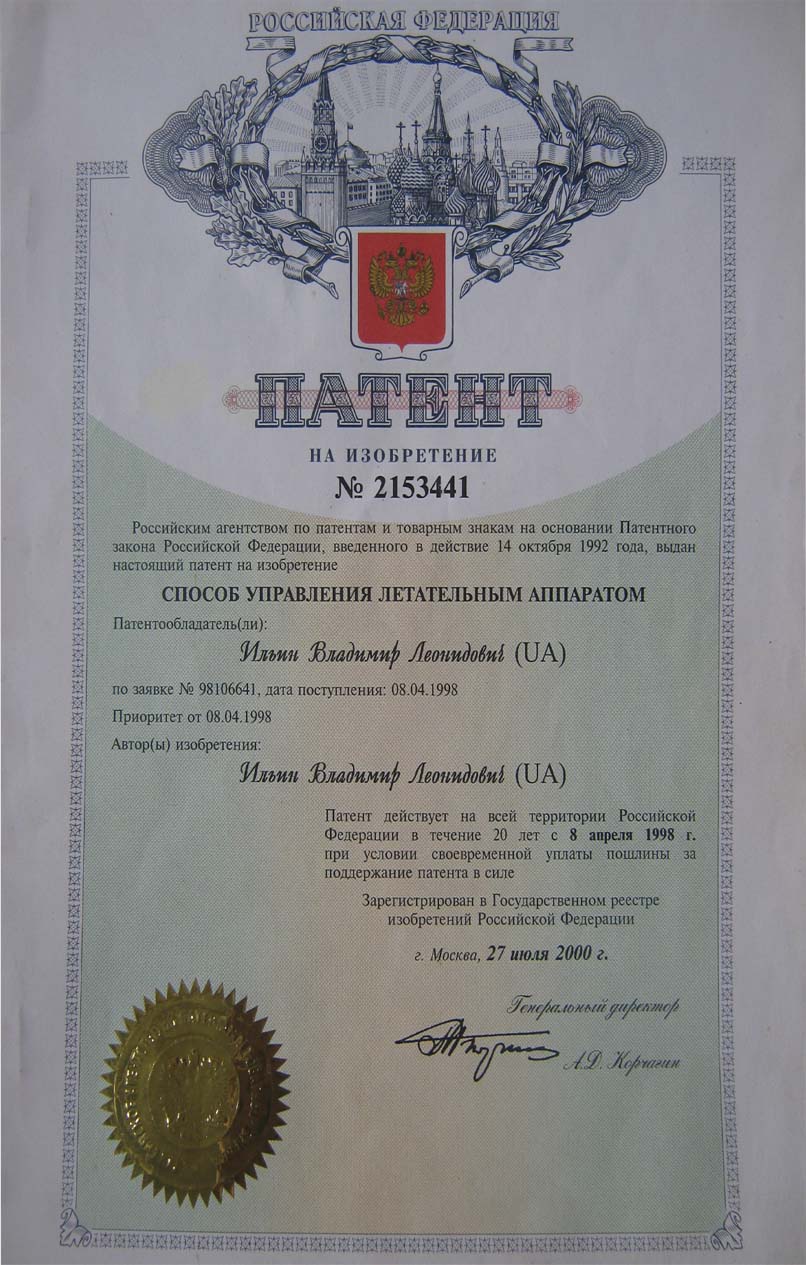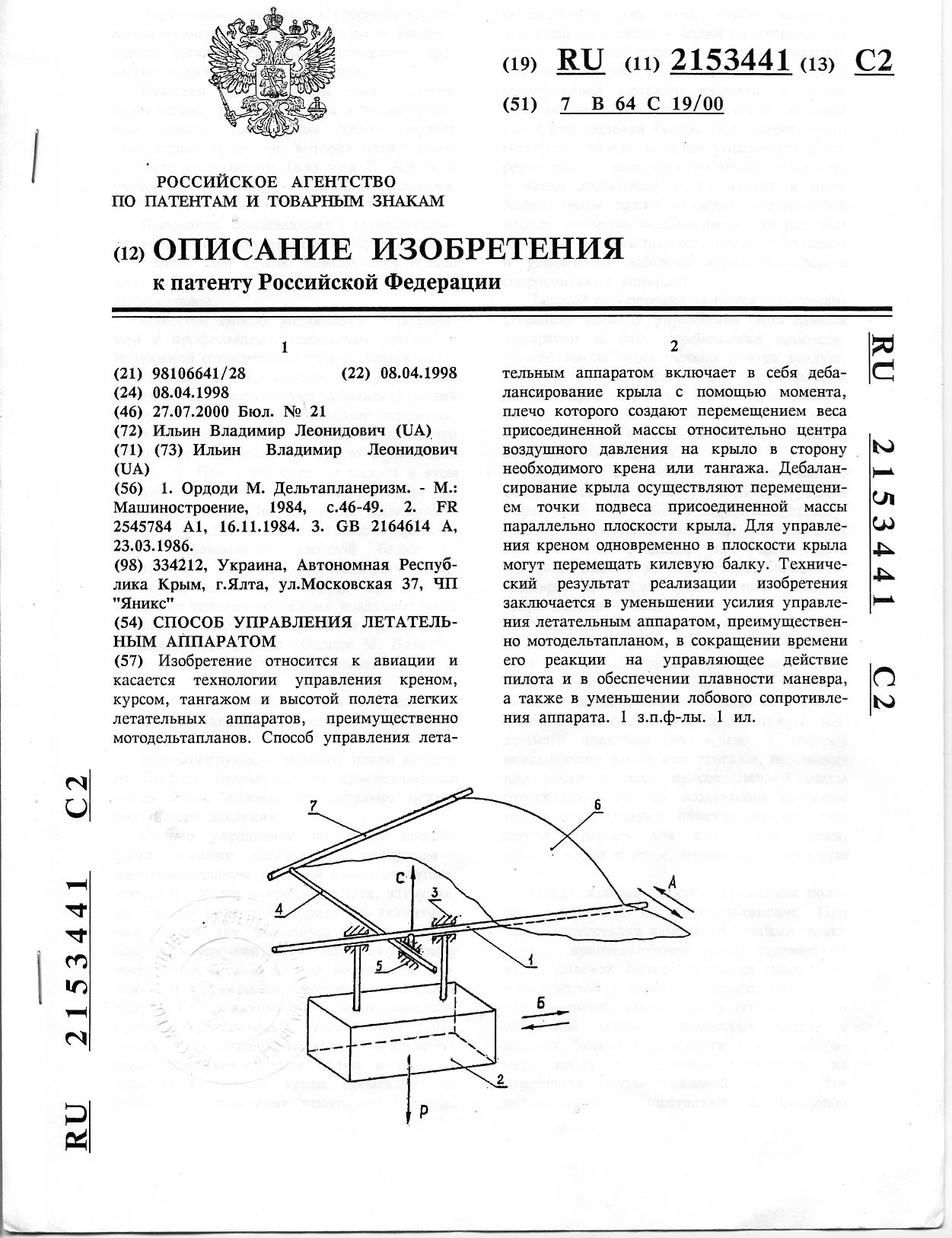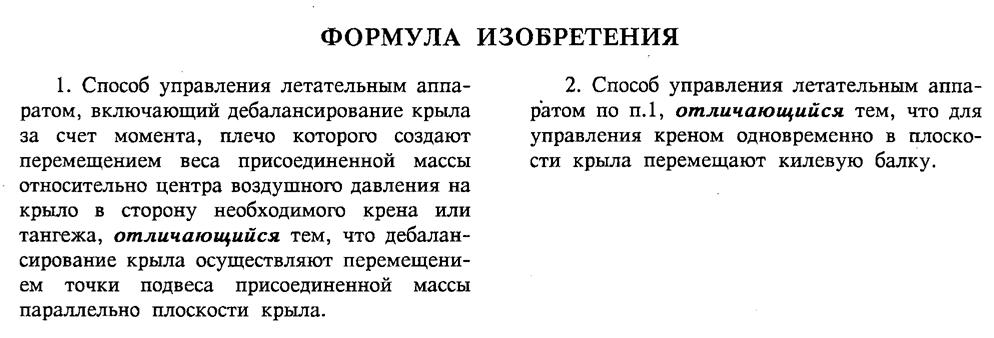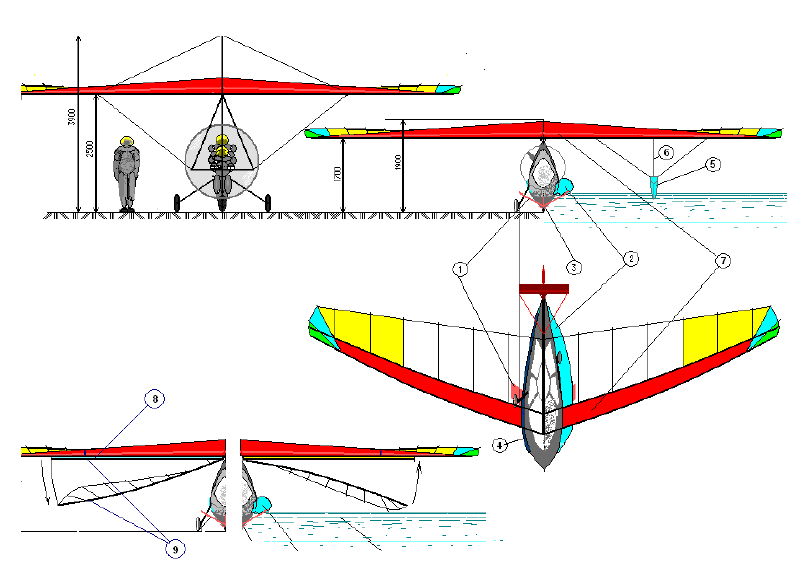|
Instructions for a control system.
Discussion open:
More input given on March 21, 2010: Hello, Lift.
Vladimir |

What is he doing with his right hand? What is his left hand doing right now? What is he doing with his feet occasionally? At power-off, what is his machine? What are his control options and understanding? How much tension is in the tensional hanging seat elements? |
| March 2010
Lift
http://tech.groups.yahoo.com/group/AirborneWindEnergy/message/1263 In 1992, Colin Jack, in his world patent instructed faired tether for kite system for Free Rotor airborne wind energy technology. The Free Rotor kite system was primarily intended for fixed moorings on land or undersea for water rotor scheme. Faired tether has occurred in kiting in other ways. The next note of this post regards a system that converts wind energy in a free-flight conversion system, namely hang glider in the fre-flight kite format where the mooring point of the kite's tether is the falling body of the pilot; the short single tether in the CG-1000 harness allowed lower drag and other assets. After a many-year hiatus, the harness is again being produced for kite pilots in free-flight. When lowest drag is wanted, the fairing of the single kite tether is perfected by some competition pilots. Similarly, when an AWECS system needs tether fairing, the technology of fairing early torpedo paravane tethers, and the explorations and instructions attending various balloon tetherings being faired is available. The free-flight AWECS kite system using a short kite tether in a hang glider system has had some commercial faired-tether use even before the dates mentioned by the harness maker herein below: =============Answer to query by AWE publisher: In the early 1980s the Keller harness was the first to eliminate all
the lines, sometimes 8, to hang from a single suspension point; this was
done by bringing the fabric up above the pilot and sewing it together
forming a dorsal fin or like hanging in a bag configuration. The space
above the back was used for storage. It was popular and Bill Bennett
copied it right away. It also had the first zipper entry doors where you
brought your legs up from under the harness and zipped up. Jordan ==================== SEE: http://www.flycenterofgravity.com/ See the single kite tether. And large up close: http://flycenterofgravity.files.wordpress.com/2009/12/jordan1.jpg ===================clip from 1992: ByDanJohnson Product Lines column: Jay Gianforte, builder of the successful CG 1000 harness (over 700 sold), has introduced his newest: the CG 2000. This new product is not custom fit, rather being made as a harness dealers can stock. Over the years, Gianforte has discovered, "There really is an average guy. The CG 2000 is made in a couple sizes that will fit the majority of all pilots." New features include more storage area, lighter weight, less rigid foam, simplified zipper lines, and a change to plastic seat belt buckles for the main closure. Price is expected to be about $500, somewhat less than the CG 1000, which is still available for the pilot who wants a custom fit." ===================== SEE: Hallo Friends and Colleagues,
|
|
|
|
Where to fly? Hang gliding might be
done in one's backyard or along an available street. Flatland long gliding
may be practiced in parking lots, playing fields, salt flats, etc.
Cross-ocean kiting-hang-gliding-soaring has its huge playing expanse.
Yet "sites" with specific assets, recognitions, privileges, and
regulations serve a big purpose. Want to establish a "site"
for others to use? |
| http://wiki.fai.org/display/cimaBureau/SERA |
|
www.pastfinder.de |
| http://www.youtube.com/watch?v=efwVH-KI7-s |
| http://www.youtube.com/watch?v=9QaCXtHPpxw |
| http://www.youtube.com/watch?v=BNN1bUxKXlg |
| http://www.energykitesystems.net/images/TCFhistory/triplaneTCFofHansGrade.jpg |
| http://tinyurl.com/RechargeableBatteriesLIFT |
| Launch off a wing: |



